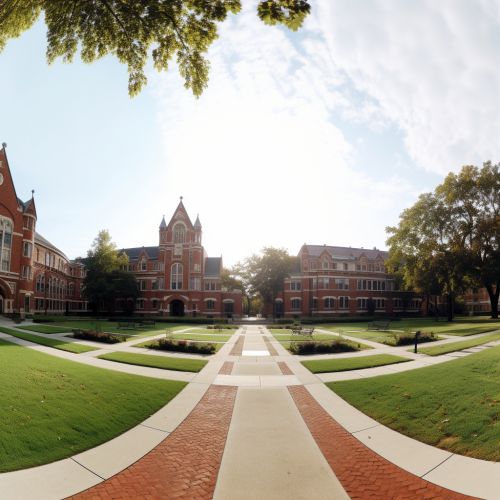Gerhard Herzberg
Early Life and Education
Gerhard Herzberg was born on December 25, 1904, in Hamburg, Germany. He developed an interest in physics and chemistry at an early age, which led him to pursue a degree in engineering physics at the Darmstadt University of Technology. After completing his undergraduate studies, Herzberg continued his education at the University of Göttingen, where he earned his doctorate in 1928 under the supervision of James Franck and Max Born.


Career and Research
Herzberg's early career was marked by his work on atomic and molecular spectroscopy. He made significant contributions to the understanding of electronic structure and geometry of molecules, particularly free radicals. His research in the field of spectroscopy led to the development of the Herzberg-Teller effect, which explains the intensity distribution in the vibrational structure of electronic transitions in polyatomic molecules.
In 1935, Herzberg moved to Canada due to the rise of the Nazi regime in Germany. He accepted a research professorship at the University of Saskatchewan, where he continued his research on molecular spectroscopy. His work during this period resulted in the publication of his seminal book, "Atomic Spectra and Atomic Structure."
In 1948, Herzberg moved to the National Research Council of Canada (NRC) in Ottawa, where he served as the director of the Division of Pure Physics until his retirement in 1969. During his tenure at the NRC, Herzberg made significant contributions to the field of astrophysics, particularly in the study of comets and planetary atmospheres.
Contributions to Science
Herzberg's most significant contribution to science was his work on the electronic structure and geometry of molecules, particularly free radicals. His research in this area laid the foundation for much of the current understanding of molecular spectroscopy. He also made significant contributions to the field of astrophysics, particularly in the study of comets and planetary atmospheres.
Herzberg's work on the Herzberg-Teller effect, which explains the intensity distribution in the vibrational structure of electronic transitions in polyatomic molecules, is also a significant contribution to the field of spectroscopy.
Awards and Honours
Throughout his career, Herzberg received numerous awards and honours for his contributions to science. In 1971, he was awarded the Nobel Prize in Chemistry for his contributions to the knowledge of electronic structure and geometry of molecules, particularly free radicals. He was also awarded the Royal Medal by the Royal Society of London in 1951, and the Willard Gibbs Award by the American Chemical Society in 1969.
Herzberg was also a member of numerous scientific societies, including the Royal Society of London, the National Academy of Sciences of the United States, and the Royal Society of Canada.
Personal Life and Legacy
Herzberg married Luise Oettinger in 1929, and they had two children together. He was known for his dedication to his work and his passion for science. Herzberg passed away on March 3, 1999, in Ottawa, Canada.
Herzberg's legacy continues to influence the field of spectroscopy and astrophysics. His work on the electronic structure and geometry of molecules, particularly free radicals, continues to be a fundamental part of the study of molecular spectroscopy. His contributions to the field of astrophysics, particularly in the study of comets and planetary atmospheres, have also had a lasting impact on the field.
